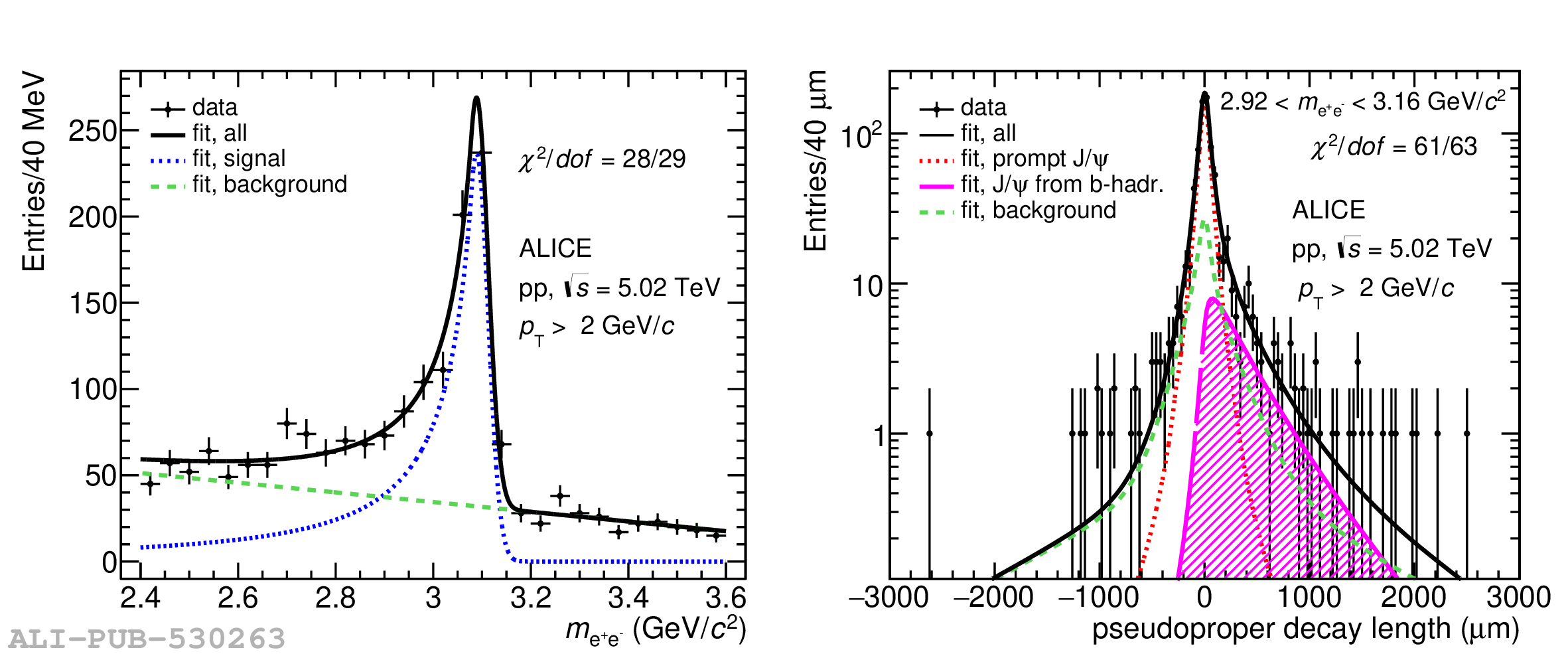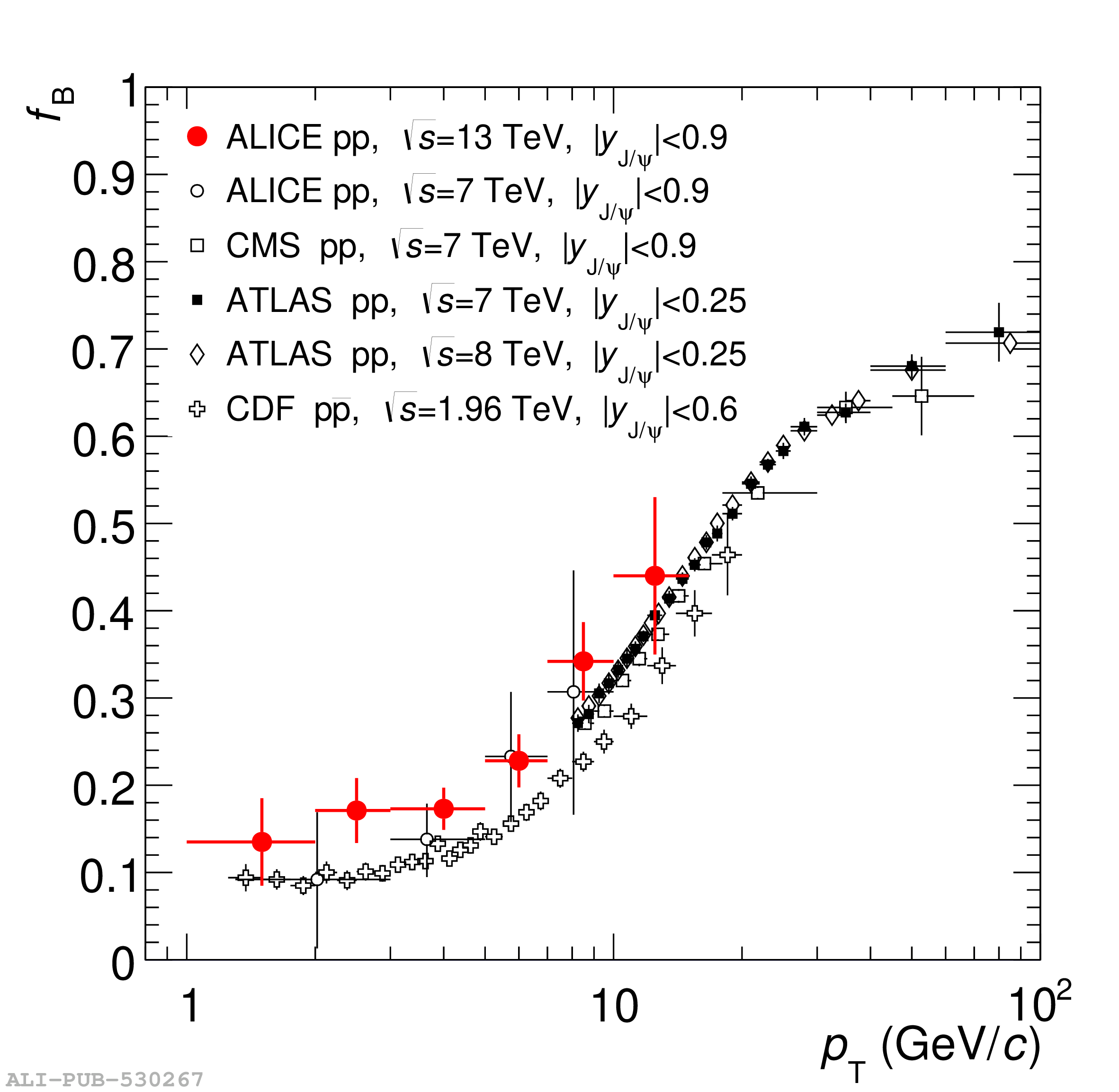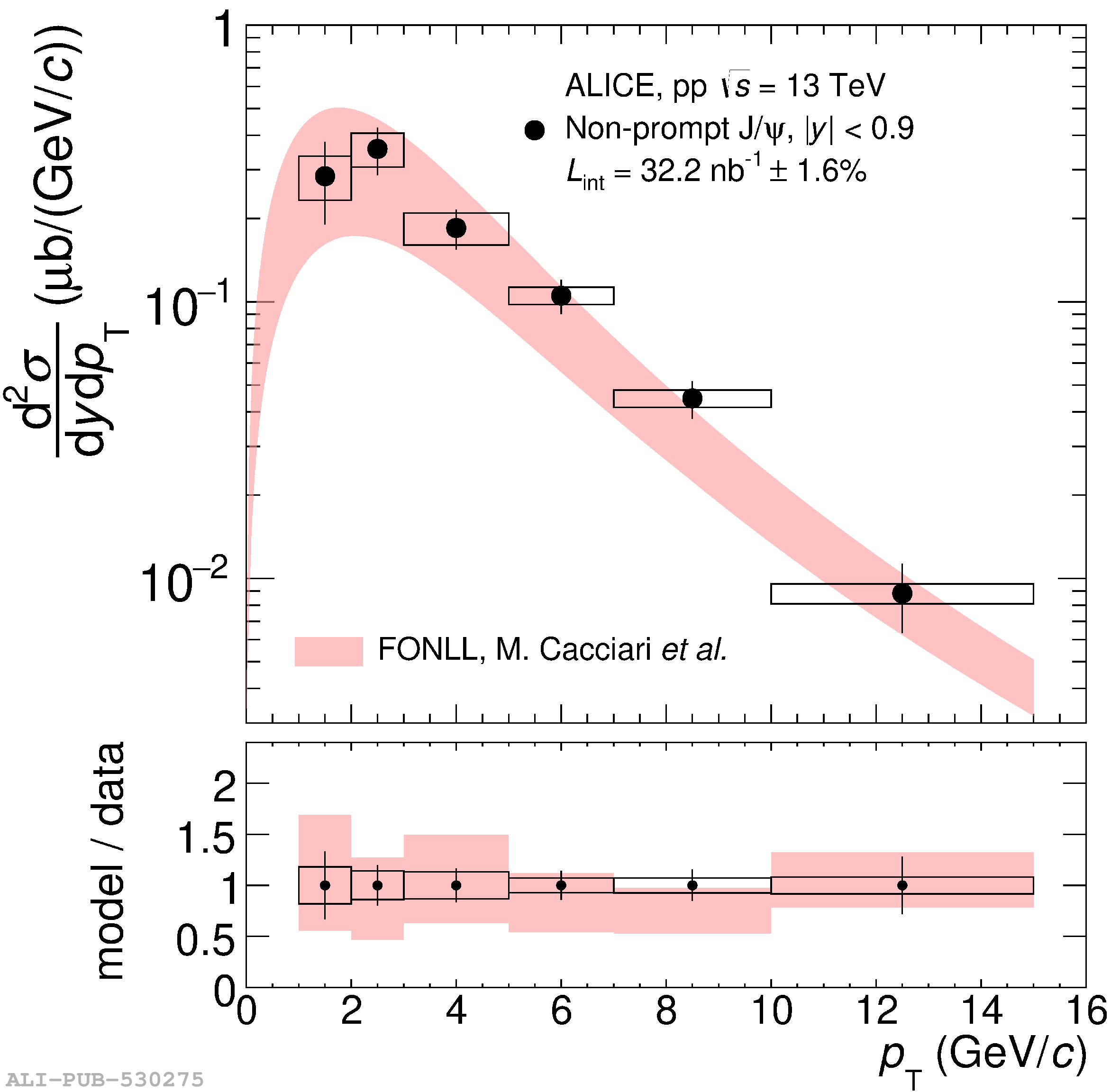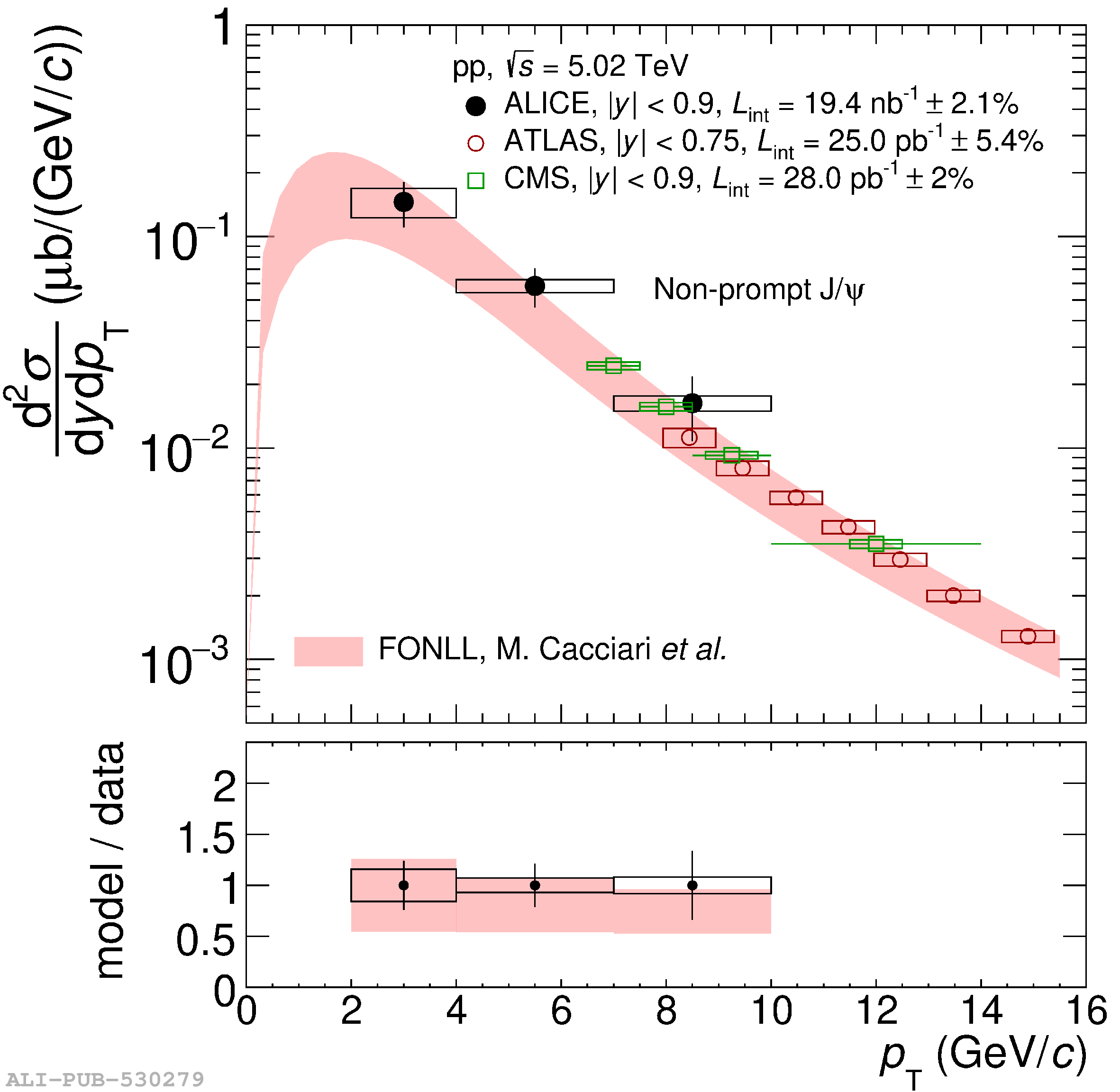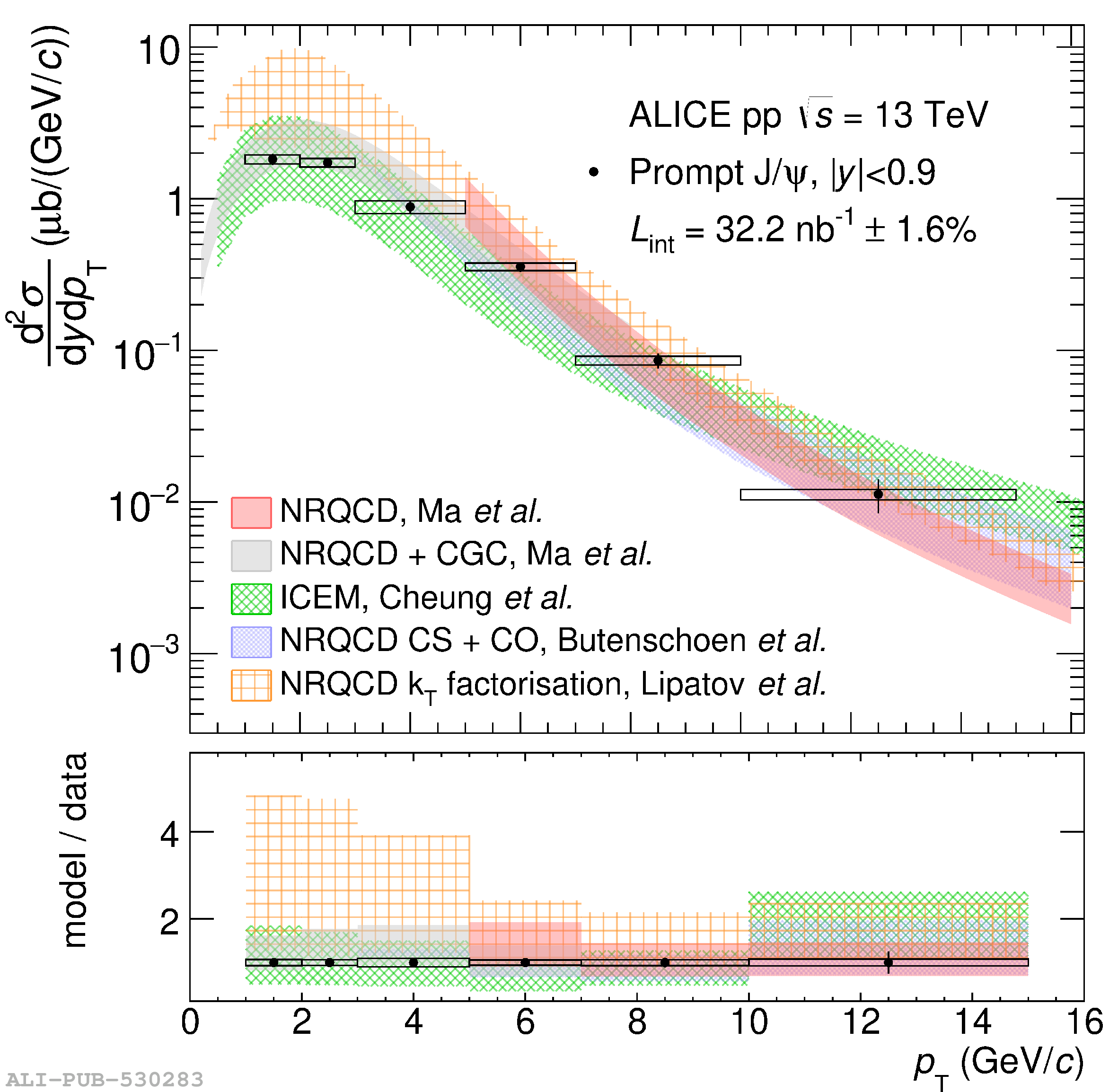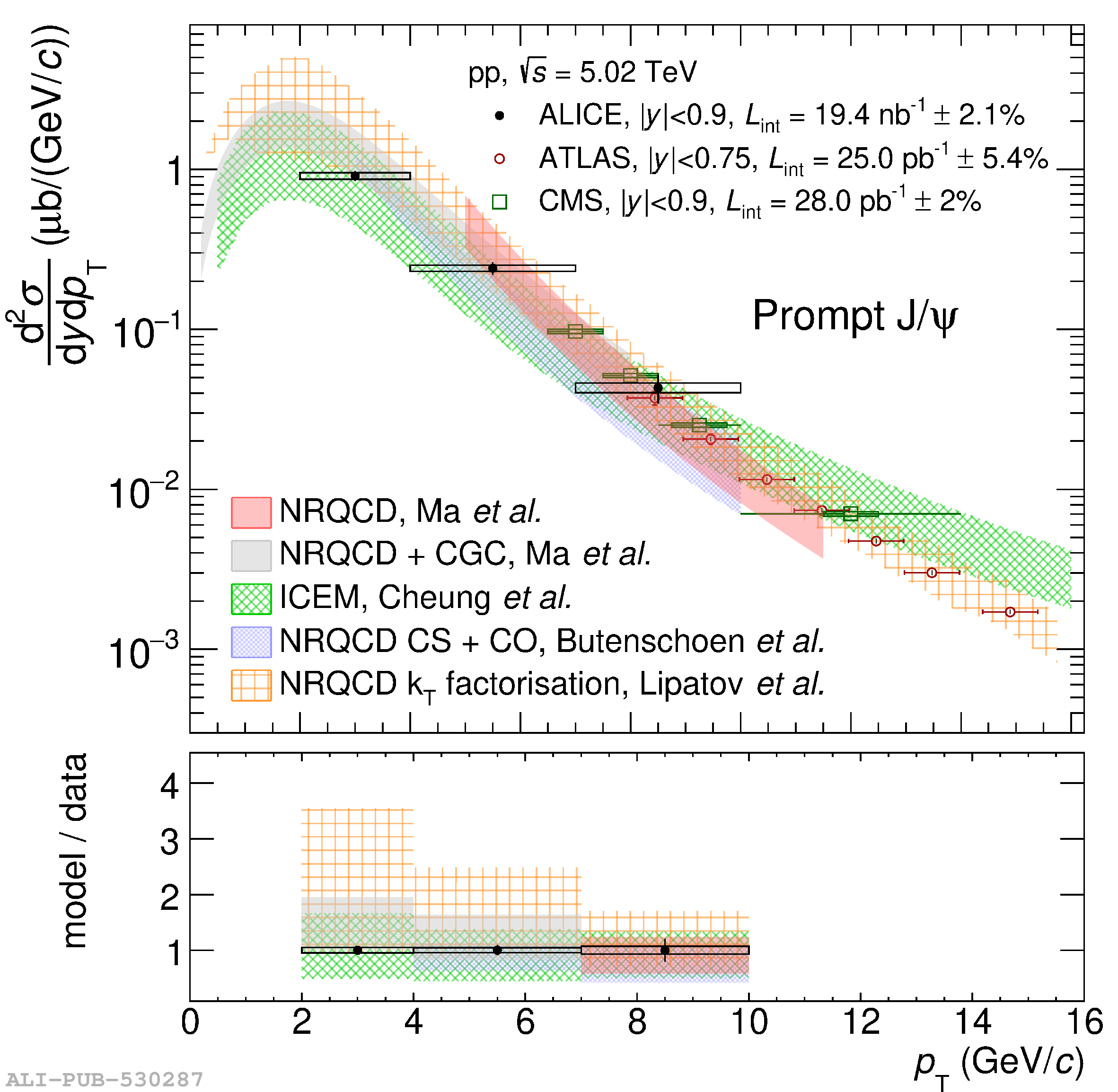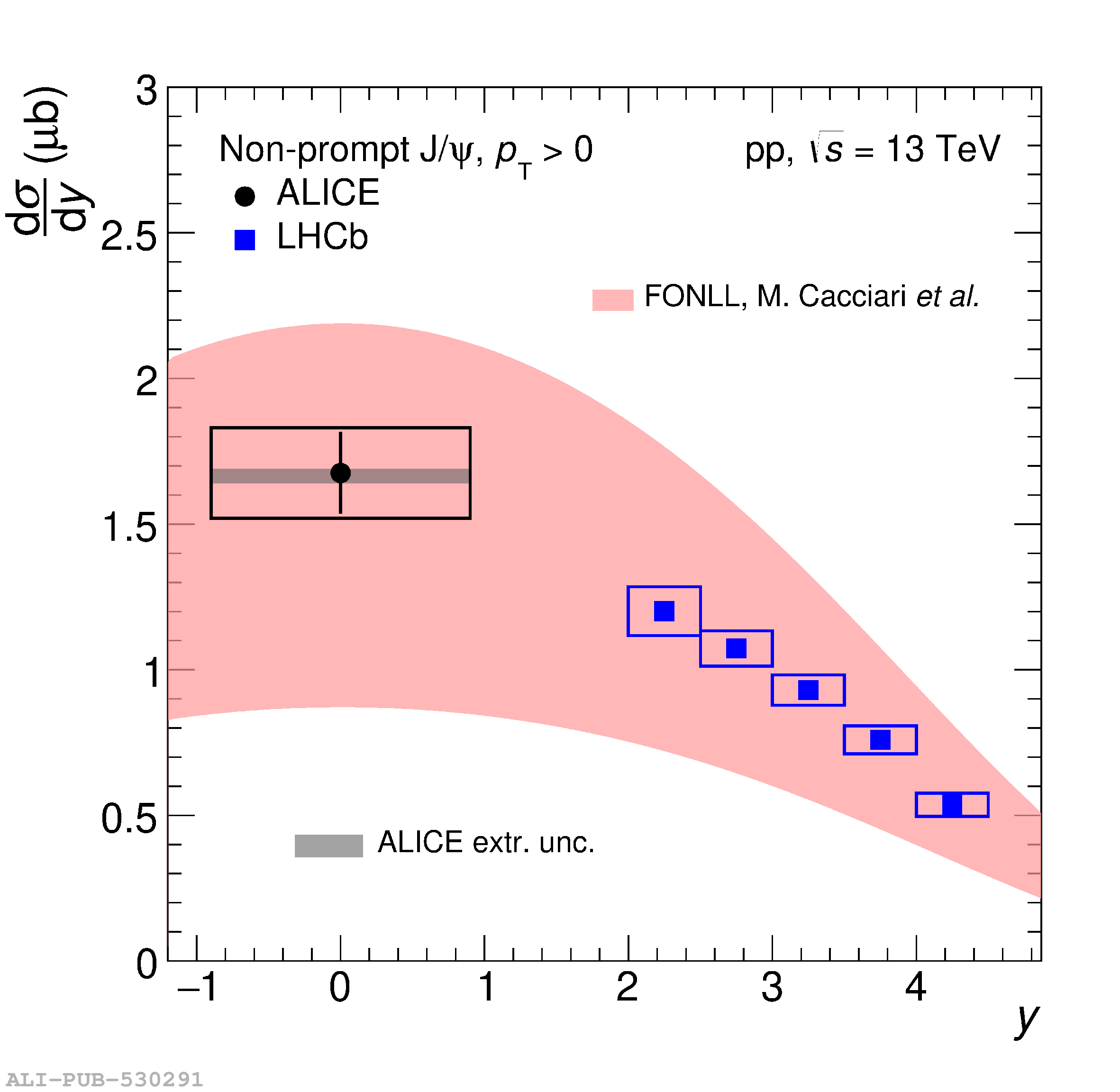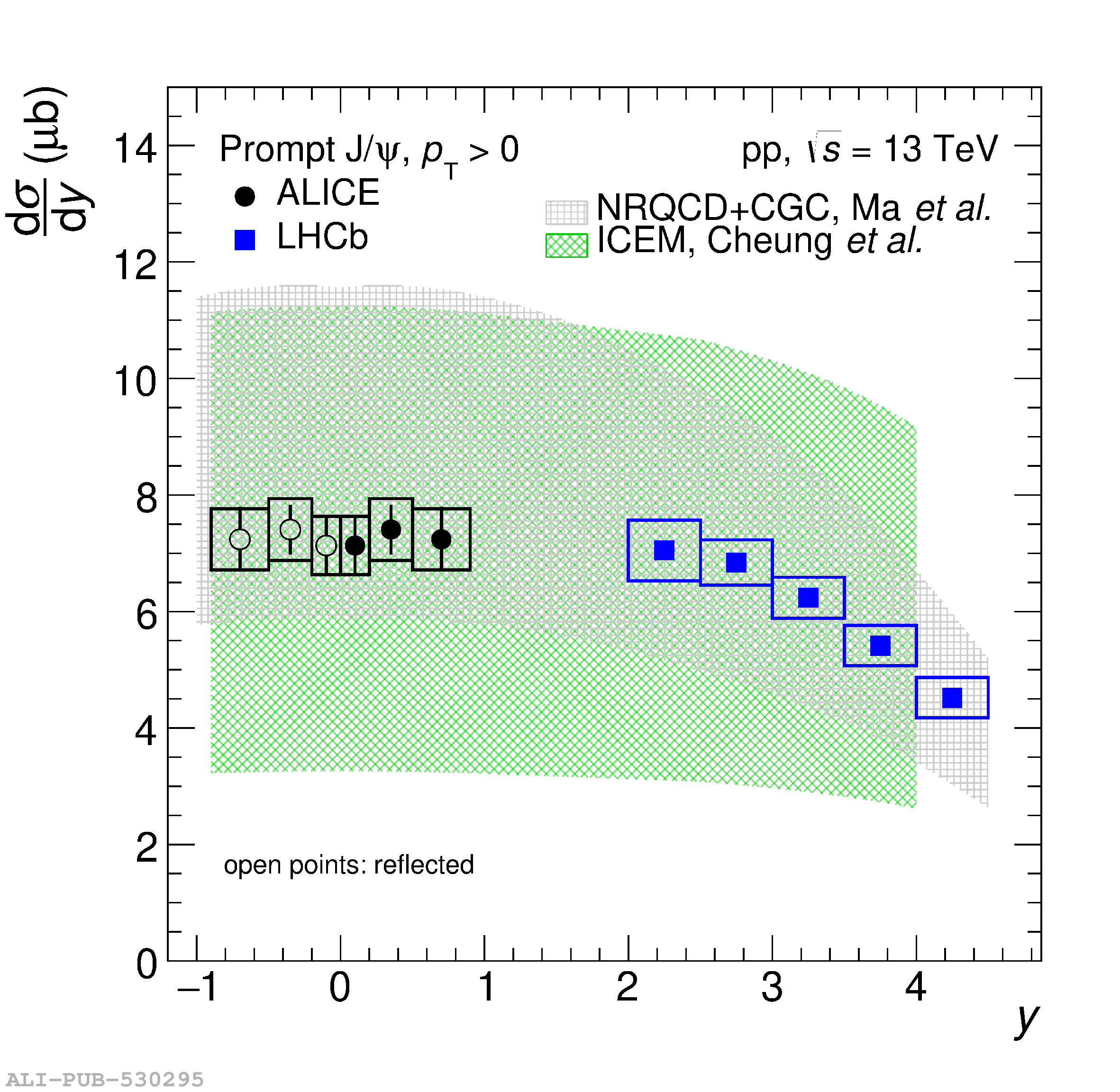The production of J/$\psi$ is measured at midrapidity ($|y|<~0.9$) in proton-proton collisions at $\sqrt{s}$ = 5.02 and 13 TeV, through the dielectron decay channel, using the ALICE detector at the Large Hadron Collider. The data sets used for the analyses correspond to integrated luminosities of $\mathcal{L}_{\rm int}$ = 19.4 $\pm$ 0.4 nb$^{-1}$ and $\mathcal{L}_{\rm int}$ = 32.2 $\pm$ 0.5 nb$^{-1}$ at $\sqrt{s}$ = 5.02 and 13 TeV, respectively. The fraction of non-prompt J/$\psi$ mesons, i.e. those originating from the decay of beauty hadrons, is measured down to a transverse momentum $p_{\rm T}$ = 2 GeV/$c$ (1 GeV/$c$) at $\sqrt{s}$ = 5.02 TeV (13 TeV). The $p_{\rm T}$ and rapidity ($y$) differential cross sections, as well as the corresponding values integrated over $p_{\rm T}$ and $y$, are carried out separately for prompt and non-prompt J/$\psi$ mesons. The results are compared with measurements from other experiments and theoretical calculations based on quantum chromodynamics (QCD). The shapes of the $p_{\rm T}$ and $y$ distributions of beauty quarks predicted by state-of-the-art perturbative QCD models are used to extrapolate an estimate of the $\rm b\overline{b}$ pair cross section at midrapidity and in the total phase space. The total $\rm b\overline{b}$ cross sections are found to be $\sigma_{\rm b \overline{\rm b}} = 541 \pm 45 (\rm stat.) \pm 69 (\rm syst.)_{-12}^{+10} (\rm extr.)~{\rm \mu b}$ and $\sigma_{\rm b \overline{\rm b}}~=~218 \pm 37 (\rm stat.) \pm 31 (\rm syst.)_{-9.1}^{+8.2} (\rm extr.)~{\rm \mu b}$ at $\sqrt{s}$ = 13 and 5.02 TeV, respectively. The value obtained from the combination of ALICE and LHCb measurements in pp collisions at $\sqrt{s}$ = 13 TeV is also provided.
JHEP 03 (2022) 190
HEP Data
e-Print: arXiv:2108.02523 | PDF | inSPIRE
CERN-EP-2021-152
Figure group


